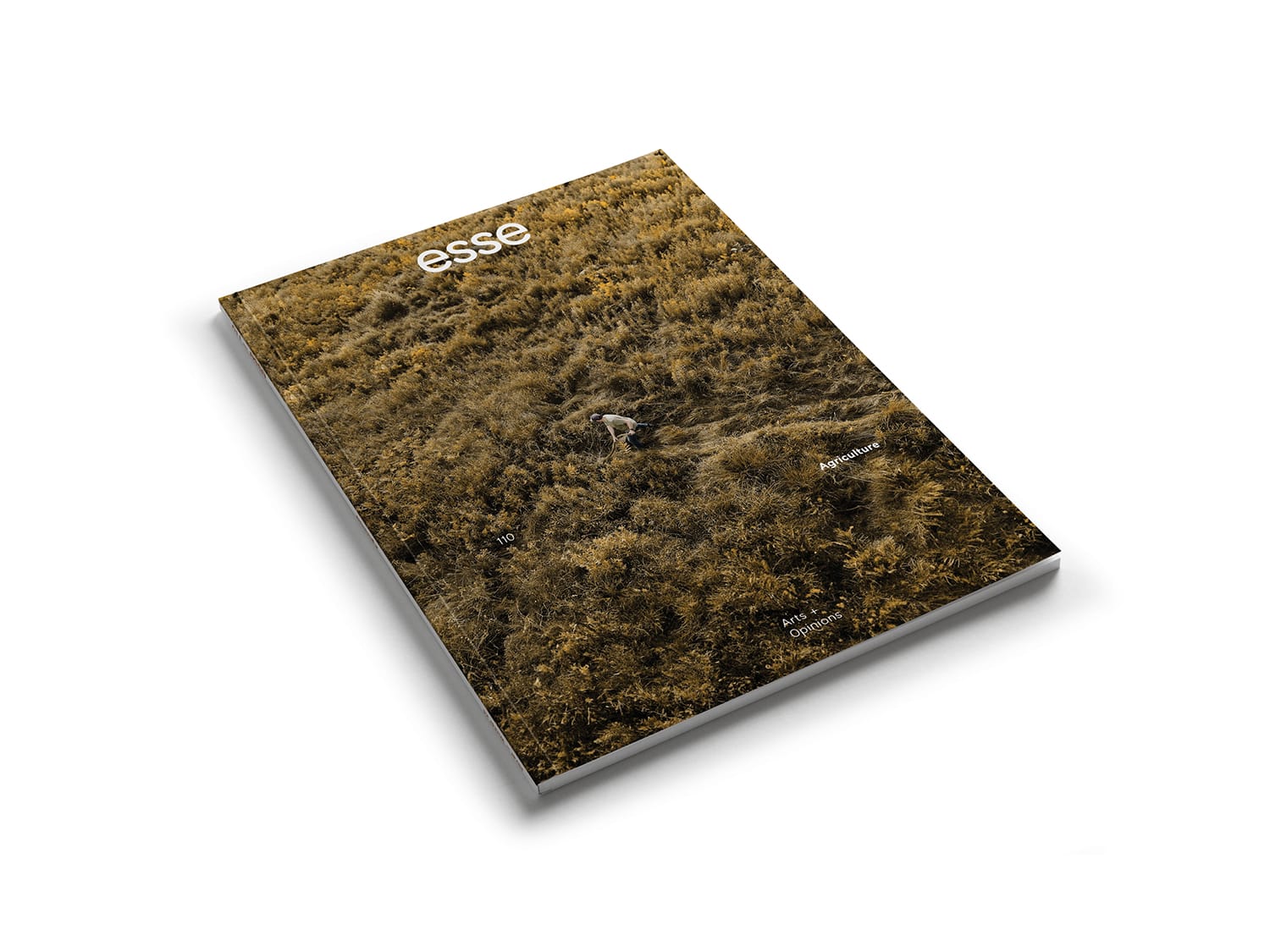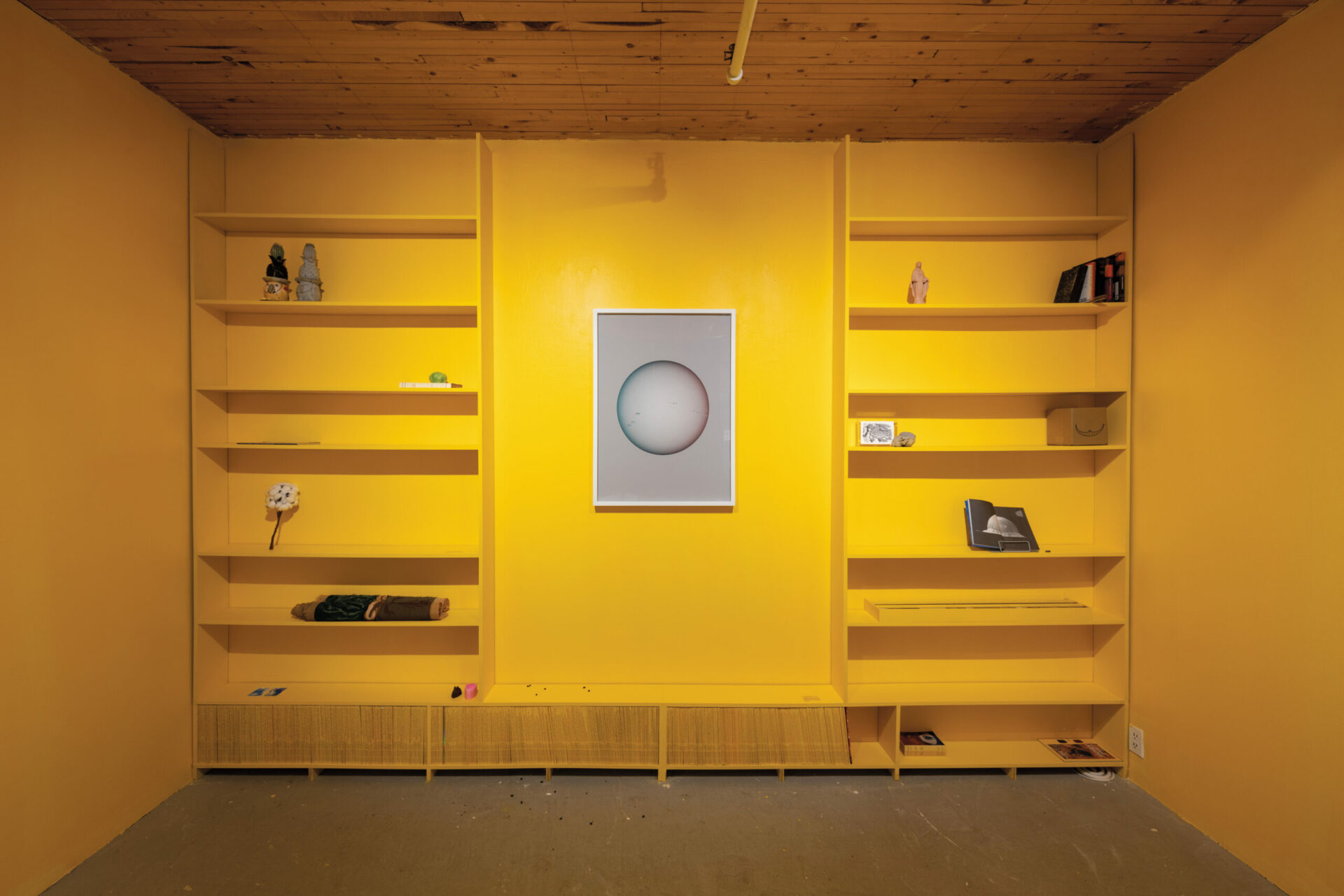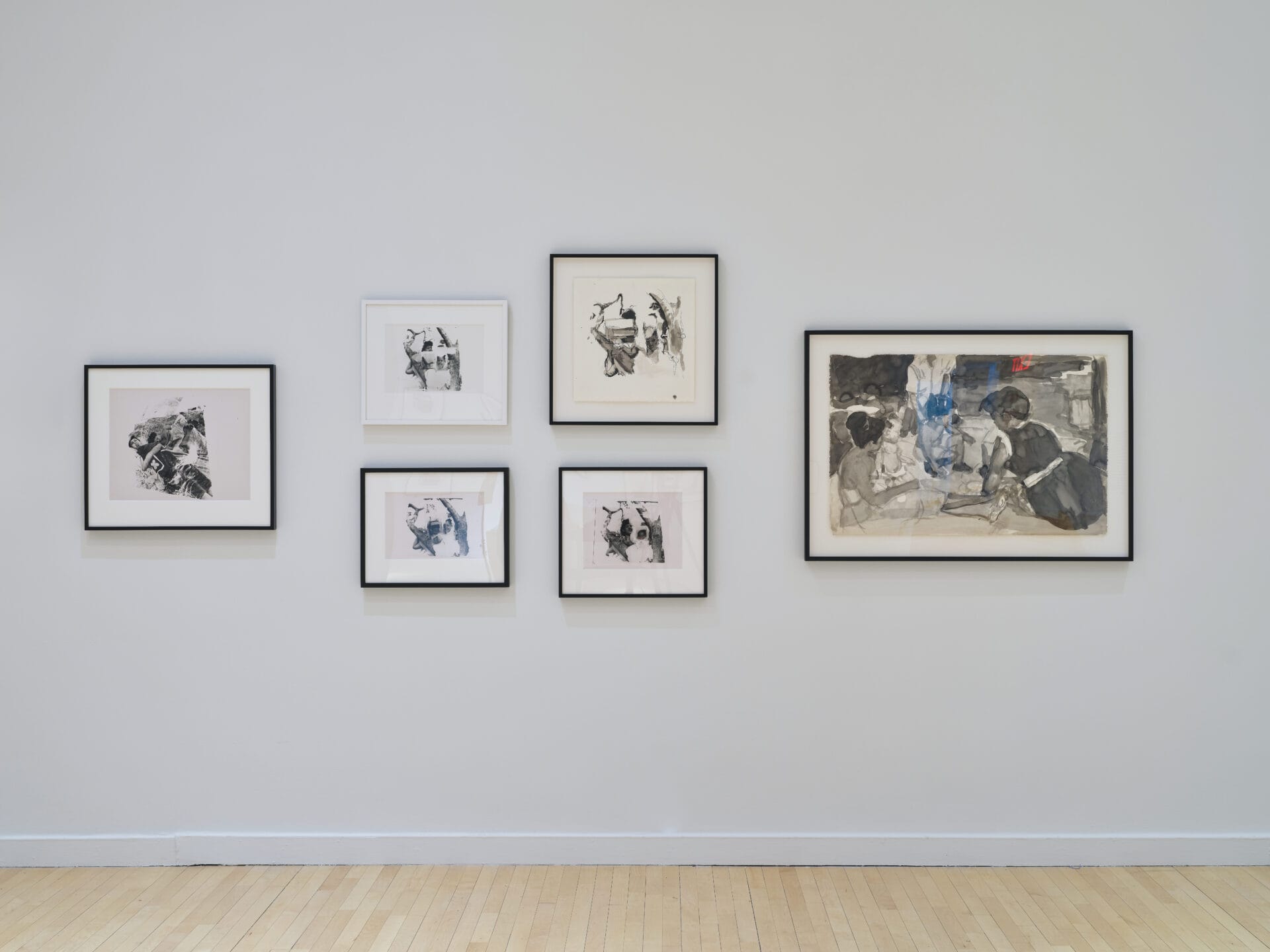
Photo: Argenis Apolinario, courtesy of The Estate of Darrel Ellis, Candice Madey, New York, & Hannah Hoffman, Los Angeles
May 24 –September 10, 2023
How does one redress historical loss? The Bronx Museum has confronted this question in organizing the first institutional scholarly retrospective of work by Darrel Ellis (1958 –1992), a promising young artist who died from AIDS-related complications. Presenting archival materials spanning photographic negatives, journals, and other forms of ephemera, Regeneration paints a multi-faceted portrait of Ellis. He studied the history of Western art and wondered how to locate himself within it as a Black queer artist; he reanimated the photography practice of his father, who was murdered by the police before he was born; he was photographed by Peter Hujar and Robert Mapplethorpe, yet was uneasy about his relationship with these white gay artists. As he remarked, “I struggle to resist the frozen images of myself taken by Robert Mapplethorpe and Peter Hujar. They haunt me.” In response, Ellis re-created these portraits in a variety of media to interrogate the frame of his own representation.
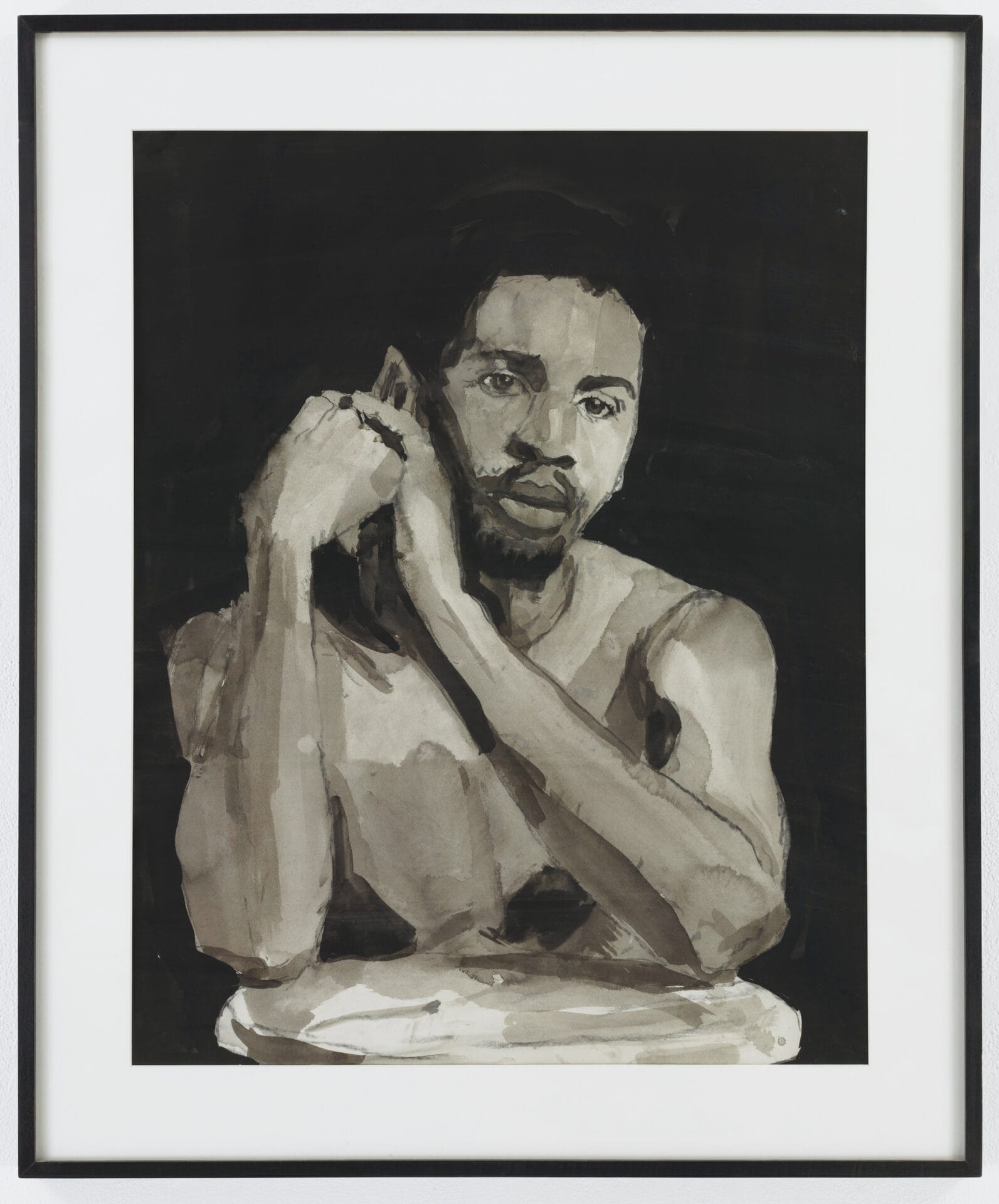
Self-Portrait after a Photograph by Robert Mapplethorpe, 1989.
Photo: courtesy of Whitney Museum of American Art, New York
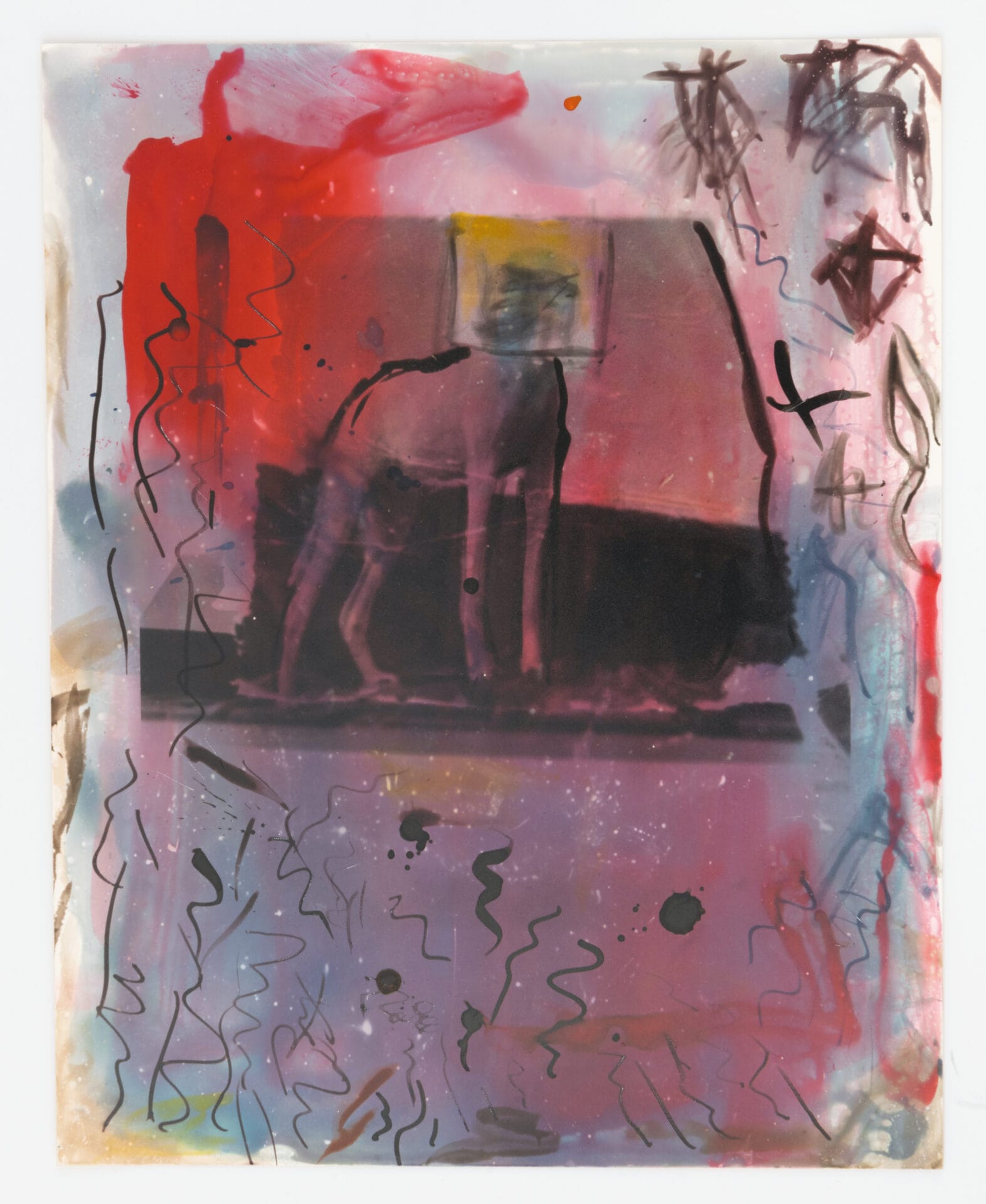
Untitled (Dog), ca. 1987-91.
Photo : courtesy of Whitney Museum of American Art, New York
More broadly, Ellis explored the technologies and forms of image reproduction. Across experiments in drawing, painting, sculpture, and photography, he revised and reiterated found images, especially photographs taken by his late father and other family members. Works depicting his sister, mother, and family gatherings underscore his concern with domestic space and familial lineage. His “rephotography” technique consisted of projecting photographic negatives onto plaster casts that he had sculpted, thereby transforming the final image by introducing holes and other distortions. The Bronx Museum has even reproduced his workstation, a move that hints at the exhibition’s centre of gravity: the theory and practice of Ellis’s process.
Create your free profile or log in now to read the full text!
My Account